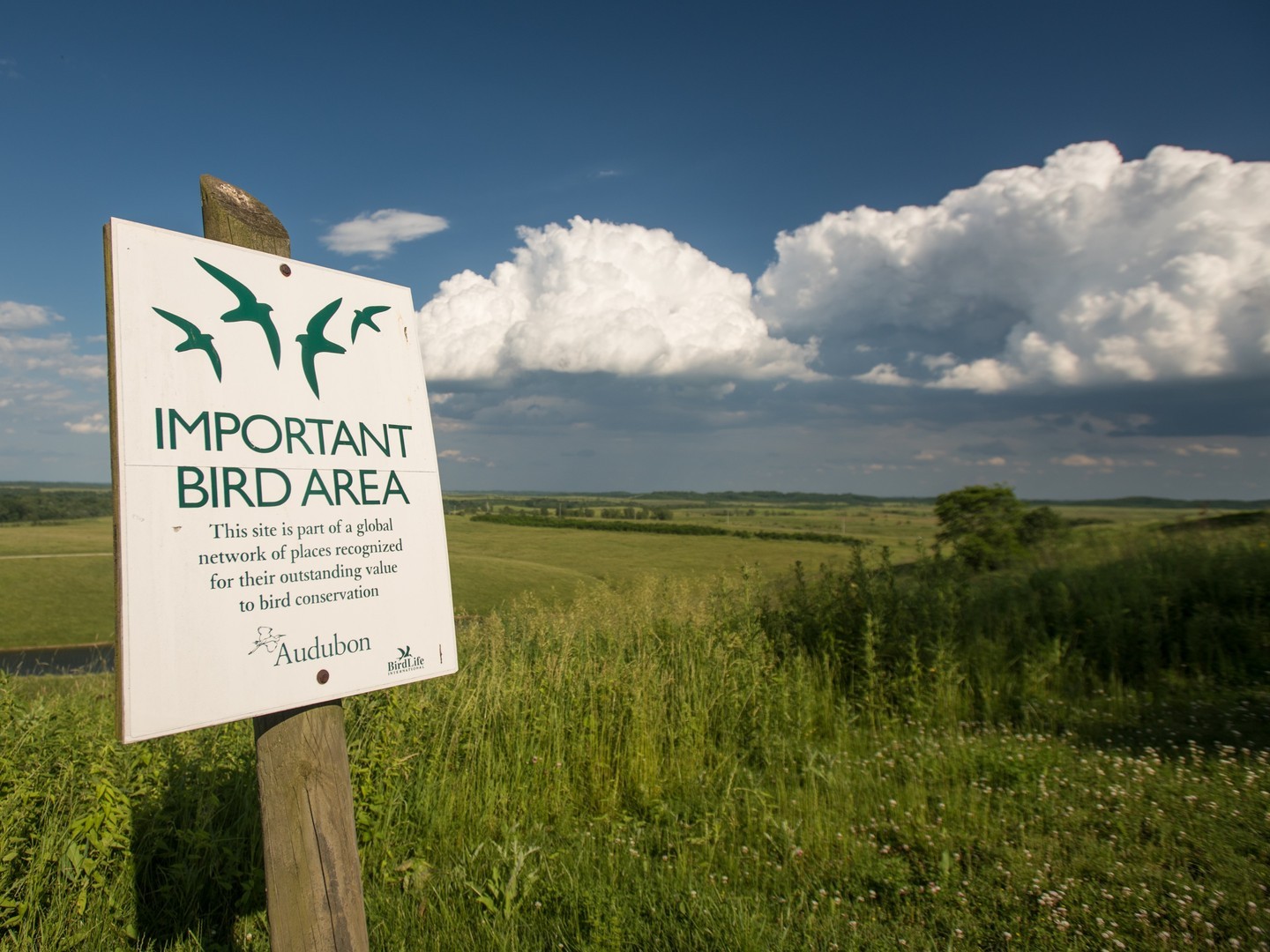– The role of The Wilds in avian conservation and its contribution to reducing threats to birds
– Participation of The Wilds in the Association of Zoos and Aquariums SAFE program and its impact on North American songbirds
– The significance of The Wilds as a haven for barn owls and recognition as an Important Bird Area
– Grassland-sensitive species management and conservation efforts at The Wilds
– Challenges and strategies in wildlife conservation and zoo management for bird protection
Nestled within the rolling green expanse of its conservation area, The Wilds serves as a vital sanctuary for a diverse array of avian species. As human activities increasingly impinge upon natural habitats, this haven has become critical for protecting and studying birds, countering their threats, and safeguarding their future.
This vital conservation area is a pioneer in the fight against the decline of bird populations, particularly grassland-sensitive species, which have been experiencing significant losses. The Wilds are deeply involved in a vigorous effort to restore and maintain a landscape where these species can thrive. Targeted land management practices are applied to ensure optimal grassland conditions, including regulated grazing, controlled burns, and the planting of native grasses that provide a rich and supportive habitat for bird life.
One of the key initiatives linking The Wilds to a broader conservation community is its active participation in the Association of Zoos and Aquariums (AZA) Saving Animals From Extinction (SAFE) program. The SAFE program targets specific species – in this case, North American songbirds – that need conservation action. By contributing to this program, The Wilds engage in coordinated efforts to conduct research, raise public awareness, and drive policy change that is pivotal for the survival of these melodious avian ambassadors.
In its ardent quest to provide a nurturing environment for various bird species, The Wilds becomes a sanctuary for the enigmatic barn owl. This captivating raptor faces numerous challenges, from habitat loss to unintentional poisonings through rodenticide exposure. The Wilds mitigate these threats through dedicated conservation breeding programs, habitat enhancement, and public education, contributing to the barn owl’s resurgence in areas where their numbers have dwindled.
The National Audubon Society’s recognition of The Wilds as an Important Bird Area (IBA) further cements its reputation as an essential conservation frontier. This designation caters to areas critical for bird conservation due to their use by breeding, wintering, and migrating birds. It effectively places The Wilds on an international map of crucial avian hotspots, underscoring its importance in protecting bird populations globally.
The challenges faced in wildlife conservation, particularly within the domain of zoo management, are multifaceted. Habitats within conservation areas like The Wilds must be managed to support ecosystem health and biodiversity. Advanced scientific techniques are employed to study bird populations, assess their health, and strategize their recovery. Collaboration with researchers and field biologists helps inform these practices, ensuring that The Wilds remains on the cutting edge of avian conservation science.
Indeed, zoo management extends beyond mere tickets and attractions; it involves intricate planning for species conservation and public engagement to foster an appreciation for wildlife. The Wilds provide refuge for birds and play a significant role in educating visitors about the value of avian species and the pressing need for their protection. Engaging displays and interactive activities encourage guests to connect with nature, transforming them into proponents for conservation in their daily lives.
Sustainable wildlife management at The Wilds also encapsulates adapting to new research findings and being receptive to innovative conservation methods. Proactive efforts to reduce threats to birds, like curbing habitat destruction and implementing successful breeding programs, are testaments to the dynamic nature of The Wilds’ conservation strategy.
Through these comprehensive conservation initiatives, The Wilds forge a path for better understanding and protecting bird species across the spectrum. It is a beacon of hope shining brightly in the ongoing struggle to preserve the delicate tapestry of our planet’s wildlife. Visitors are invited to witness this vital work firsthand and to learn more about the sanctuary’s efforts by exploring their website, where the link in the bio demystifies the complex interplay between conservation action and animal welfare.
The Wilds stand as a testament to the power of concerted conservation efforts to effect positive change for avian species facing an uncertain future. With each bird nursed back to health, each songbird’s call echoing through restored habitats, and each visitor’s mind opened to the wonders of avian life, The Wilds exemplifies what can be achieved through dedication, science, and public engagement in the field of wildlife conservation.
*****
Source Description
The Wilds strive to reduce bird threats and serve as a unique area for grassland-sensitive species. The Wilds participate in an Association of Zoos and Aquariums SAFE program focusing entirely on North American songbirds. They also provide a safe haven for barn owls and serve as an Important Bird Area for the National Audubon Society, too!
Learn more on our website (link in bio).


